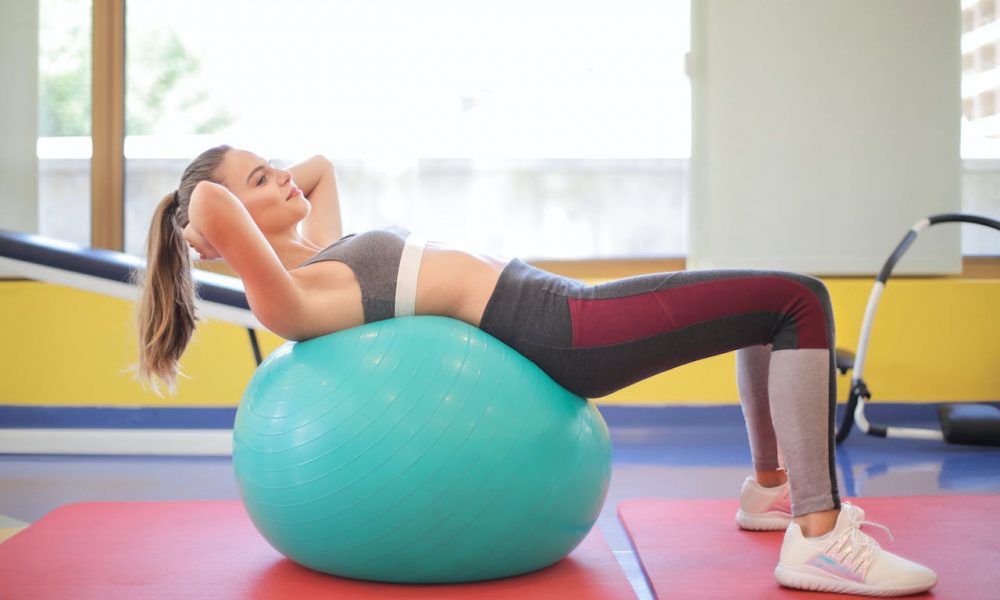
Everything You Need to Know About Swiss Ball Circles

Have you ever come across a group of fitness enthusiasts rolling around on those giant, colorful balls at the gym and wondered what they were up to? They’re probably doing Swiss ball circles, a fantastic exercise that combines fun, challenge, and a whole lot of benefits for your body.
What Are Swiss Ball Circles?
Simply put, Swiss ball circles involve using a large, inflatable exercise ball (also known as stability or yoga ball) to perform a variety of movements that engage multiple muscle groups. The ‘circle’ part comes into play as you often move the ball in a circular motion, whether it is with your arms, legs, or even your entire body.
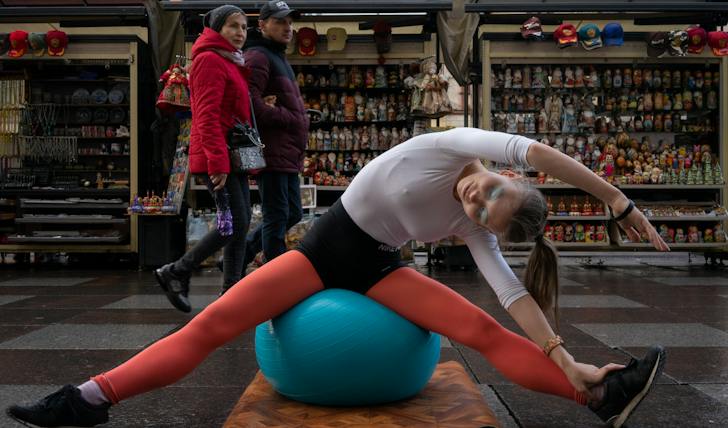
Darya / Pexels / Essentially, Swiss Ball Circles are large exercise balls that are the go-to favorites of fitness enthusiasts.
The Swiss ball was first used in the 1960s by physiotherapists in Switzerland, hence the name. However, it was not until the 90s that it became popular in the fitness world. Today, you can find Swiss balls in almost every gym, and they’re used for an array of exercises, including the fun yet challenging Swiss ball circles.
Why Swiss Ball Circles?
Total Body Workout
Swiss ball circles work on numerous muscle groups simultaneously. You get to train your abs, back, arms, and legs, making it a comprehensive workout.
Improves Balance and Stability
Because the ball is unstable, your body has to work extra hard to maintain balance, thereby improving your core stability.
Enhances Coordination
Coordinating your movements on the ball, especially during the circular motions, sharpens your overall coordination skills.
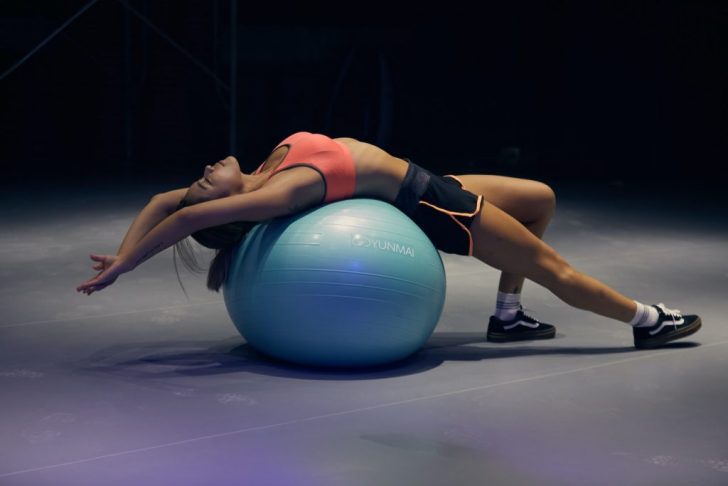
Lee / Unsplash / Swiss Ball Circles are friendly for all enthusiasts.
Swiss ball circles can be adjusted to suit your fitness level, whether you are a beginner or a seasoned gym-goer.
How to Perform Swiss Ball Circles
Let’s break down some popular Swiss ball circle exercises:
Arm Circles
Sit on the ball, feet flat on the ground. Extend your arms and move them in large circles. This simple movement engages your core, shoulders, and arms.
Leg Circles
Lie on your back and place your legs on the ball. Lift your hips and make circles with the ball using your legs. You bet! It is a great workout for your lower body and core.
Safety Tips
- Choose the Right Size Ball: Make sure your Swiss ball is the right size for your height.
- Ensure Enough Space: Swiss ball exercises require a good amount of space. Ensure you have enough room to avoid accidents.
- Start Slow: If you are new to Swiss ball exercises, start with slow and small movements to get a feel for the balance.

Yan / Pexels / Kneel and lean forward on the ball. Roll the ball in a circular motion using your hands. This exercise targets almost every muscle group.
Variations and Progressions
As you get more comfortable with the basic movements, you can try variations to increase the difficulty level. For instance, performing arm circles while maintaining a squat position on the ball adds an extra challenge to your thighs and glutes.
Swiss ball circles can be a part of your warm-up routine or a standalone workout. They are also a great way to break the monotony of traditional exercises.
Parting Thoughts
Swiss ball circles are not just effective but also incredibly fun. They add an element of playfulness to your workout routine while ensuring a serious workout for your muscles and core. Next time you hit the gym, grab a Swiss ball and give these circles a try. Not only will you work out your body, but you might also just roll out some laughter and joy in the process!
More inFitness
-
`
How Upcycled Beauty Ingredients Are Reshaping the Industry’s Future
The beauty industry is going through a big shift — and it’s not just about trends. As waste problems grow and...
July 17, 2025 -
`
A Look Inside Faith Kipyegon’s Groundbreaking Mile Run in Paris
Last week in Paris, Faith Kipyegon returned to a place she knows well: Stade Sébastien Charléty. But this time, she wasn’t...
July 9, 2025 -
`
Dairy Is Making a Major Comeback — And Health Shoppers Are Loving It
Just a few years ago, dairy sat quietly in the back seat while plant-based alternatives took the spotlight. Now, it’s stepping...
July 4, 2025 -
`
Does Aging Cause Dental Problems?
Aging doesn’t automatically mean losing teeth or developing gum disease. In fact, older adults today are holding onto more of their...
June 25, 2025 -
`
How Upcycled Ingredients Are Shaping the Future of Cosmetics
What used to end up in bins or compost heaps is now finding a new life inside skincare bottles and beauty...
June 18, 2025 -
`
Rock Legend Rod Stewart Trains to Break Sprint Record at 80
Age isn’t slowing Rod Stewart down. Known worldwide for his legendary voice, stadium-filling tours, and timeless hits like “Maggie May”, the...
June 11, 2025 -
`
The Truth Behind Detox Diets – Health Boost or Risky Trend?
It’s hard to scroll through your feed without seeing someone sipping green juice with promises of instant energy, glowing skin, and...
June 3, 2025 -
`
Is Dr. Oz Fit to Lead Medicare?
The announcement of Dr. Mehmet Oz as President-elect Donald Trump’s pick to lead the Centers for Medicare and Medicaid Services (CMS)...
May 29, 2025 -
`
Are Beauty Dupes Worth the Hype?
Beauty fans are no strangers to the world of product swaps. Whether it’s a $10 concealer rivaling a luxury $50 one...
May 21, 2025





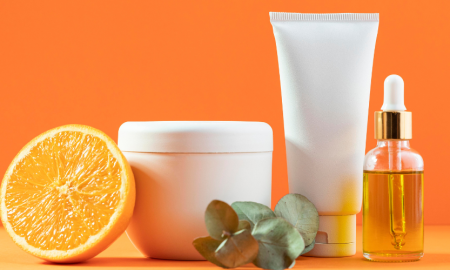






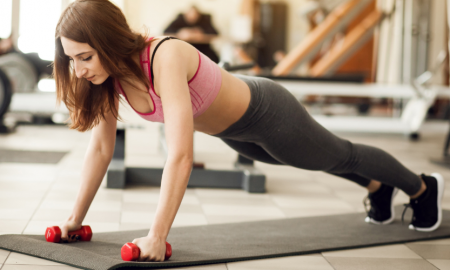


You must be logged in to post a comment Login